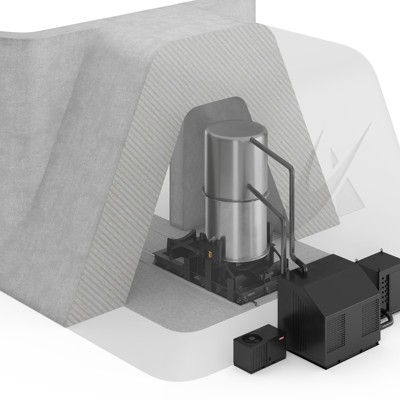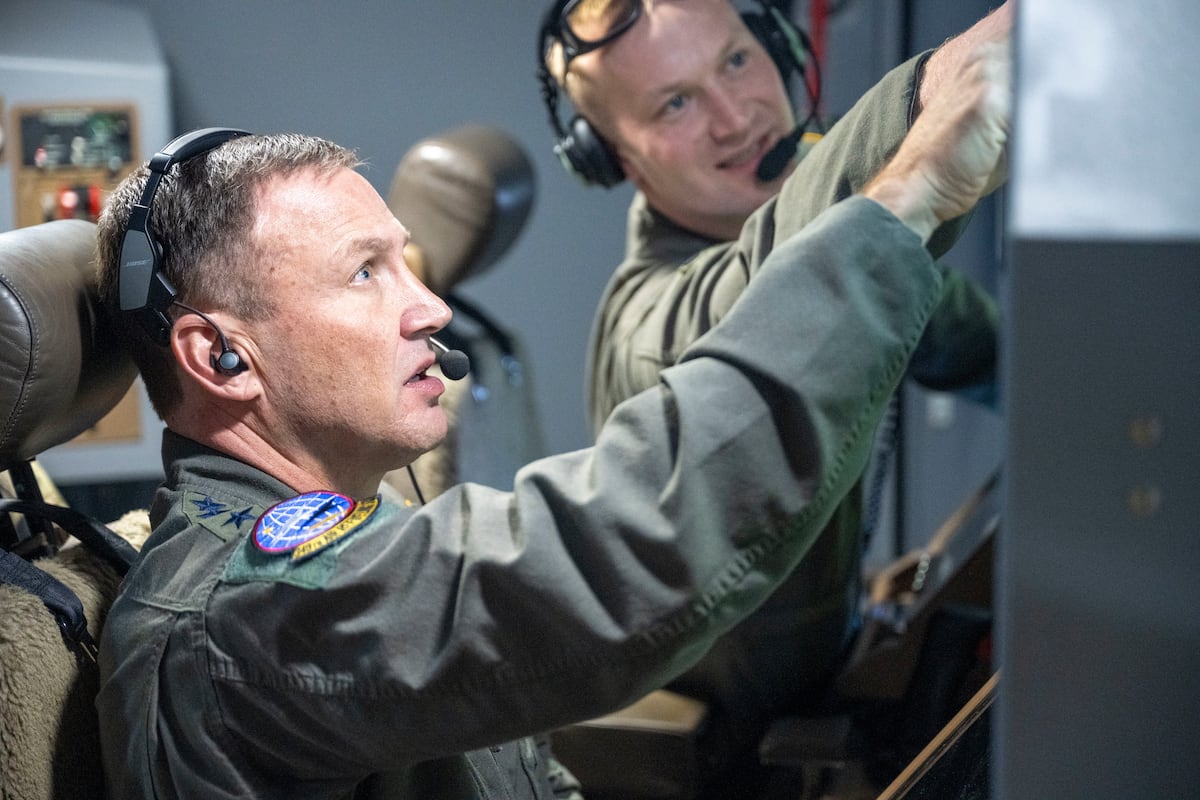Nearly a half-century since the Army last operated a nuclear power plant, the service is aiming to break ground on a micro-reactor on a U.S. base by 2027.
The joint Janus Program seeks to bring new reactor designs to fruition in a bid to add available power at military installations and to enable them to continue operating even if the wider grid goes down. It was announced on Tuesday by Army Secretary Dan Driscoll and Energy Secretary Chris Wright at the Association of the U.S. Army’s conference in Washington, D.C.
There are currently no microreactors operating in the United States. But speaking to reporters on the sidelines, the secretaries and an Army official said they expect to see a small nuclear reactor go critical by July 2026 and construction to start at a stateside base the following year.
“In terms of trying to actually build real, power-producing reactors on Army bases, probably construction will not begin until 2027,” said Jeff Waksman, principal deputy assistant Army secretary for installations, energy, and environment.
The announcement follows a May executive order from the Trump administration to invest in microreactors and establish them on a military installation. That push comes as the U.S. grapples with uranium enrichment supply issues; most domestic reactors are fueled with imported elements. Wright admitted it was an problem, but highlighted the Energy Department’s efforts to increase enrichment.
“It’s not there today, but it will be,” Wright said of the U.S. uranium enrichment supply. “That is one of the things that needs to rise up, but we know how to solve that problem.”
That timeline is ambitious but achievable, said Thomas Mancinelli, a former acting Navy undersecretary who now heads federal strategy for Antares Nuclear, which has an Energy Department contract to take a small reactor critical next year.
“We know what it takes to build these reactors. Now, it’s just a matter of getting a workforce for the industry, getting the fuel, getting the supply chain in place and trying to prove the technology and build it out at scale so that we can start selling it to the Department of Defense in 2028 and beyond,” Mancinelli said.
Driscoll said the sweeping nuclear project will “make the Army stronger and the country safer” by replacing old diesel fuel supply lines to bases with a more energy-efficient reactor that can run for years.
Army officials dismissed the concerns of groups like the Bulletin of Atomic Scientists who fear the microreactors “could become attractive targets for an adversary.”
“This is going to be in the 50 U.S. states. We are not deploying these to any sort of front,” Waksman said. “These are also small targets. There’s very small amounts of fisable material in them. So these are very unattractive proliferation targets.”
The microreactors will be built through a milestone-based contracting model with the Defense Innovation Unit and will be commercially owned and operated, the Army said in a subsequent press release. In April, the DIU selected a group of companies eligible to build microreactors as the rise in AI capabilities fuels a need for more electrical power.
Army and Energy Department officials are taking inspiration from Project Pele, the Defense Department’s ongoing mobile reactor project, and will also base the contracting model off of NASA’s Commercial Orbital Transportation Services program.
The Army’s announcement follows a decision this year selecting Eielson Air Force Base, near Fairbanks, Alaska, as the preferred site for a nuclear microreactor under a Defense Department pilot program with plans to have it up and running by 2028.
Read the full article here








Leave a Reply